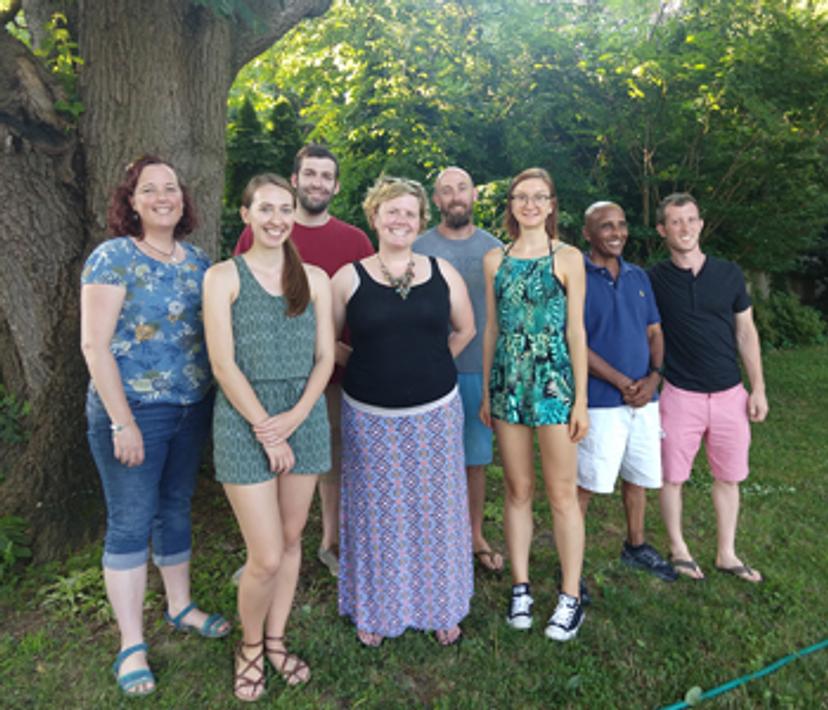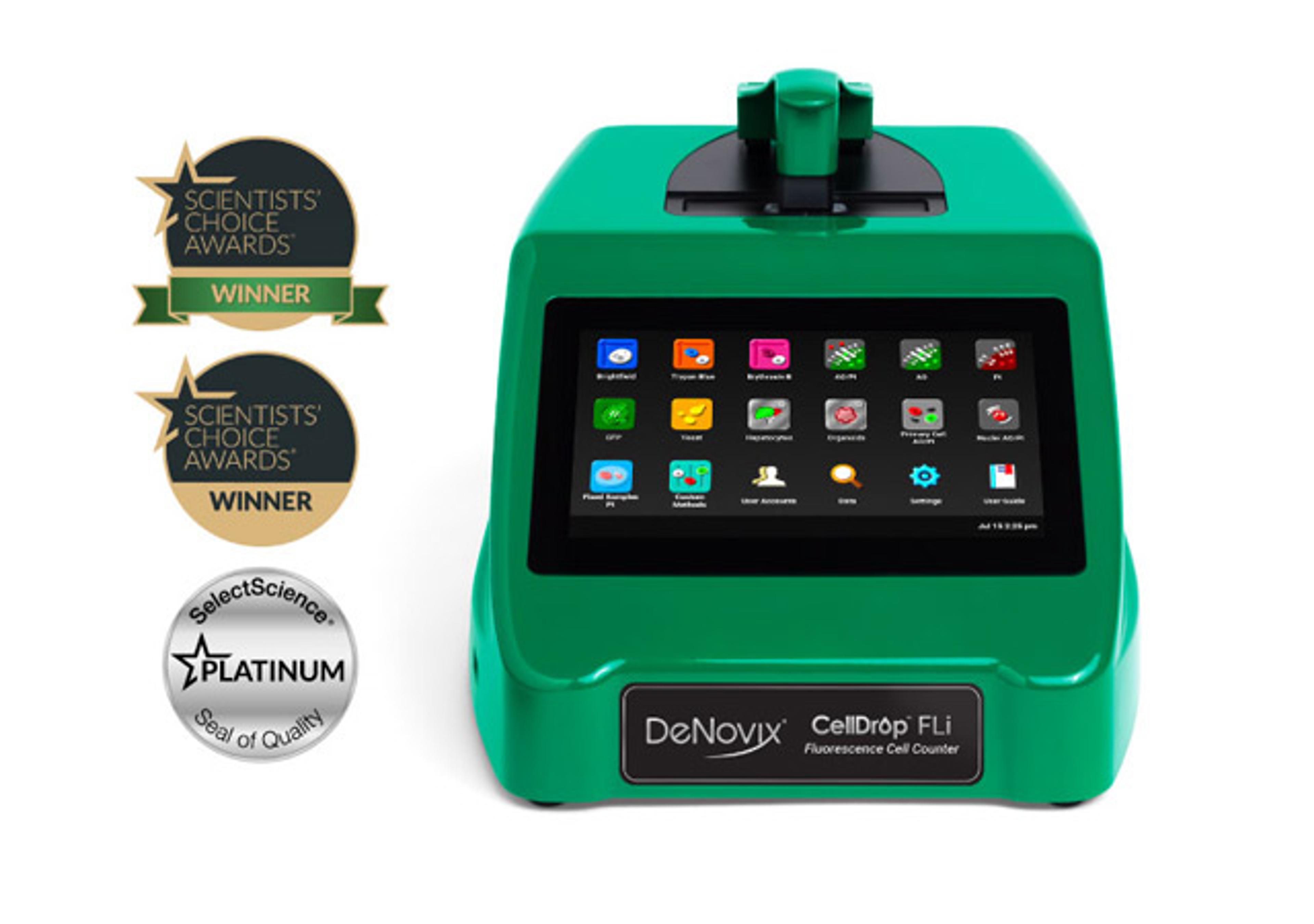Getting to the root of the problem: How single-cell RNA sequencing is helping to improve crop yields
Find out how understanding the pathways involved in root growth inhibition can help address one of the biggest challenges in agriculture
8 Oct 2020

Optimizing crop yields is one of the biggest challenges in the agriculture industry today. A common approach adopted by farms worldwide to improve these yields is to increase planting density. However, this method is not without shortcomings, as planting crops at close distances has the potential to limit the amount of light that each plant gets. As a consequence, such shaded plants tend to stop root growth, investing instead in shoot growth to find light. The reduction in root growth can be detrimental for both plant anchorage and the ability to acquire nutrients and water from the soil, with foreseeable consequences on yield quality.
This is exactly the sort of problem that research groups such as the Sparks Lab, led by Dr. Erin Sparks, Assistant Professor in the Department of Plant and Soil Sciences at the University of Delaware, are trying to resolve. With a focus on improving crop resilience, the team works to understand how variable environmental conditions, such as wind or light, alter root development and function. “Our goal is to leverage these research advances for crop improvement,” says Sparks. “We are specifically interested in modulating development to optimize root system function under variable environments.”
The single-cell RNA sequencing approach
To study this environmental regulation – including the important effect of light quality on root growth and development – the Sparks Lab used the popular model plant Arabidopsis thaliana. An ongoing project at the lab, funded by the National Science Foundation, involves identifying cell-type specific signals that regulate root growth inhibition in response to shade in Arabidopsis.
To isolate the responsible cells and their signals, the lab employs single-cell RNA sequencing using the 10X Genomics platform. In single-cell approaches, the quality of cellular input essentially determines whether the output data will be meaningless or valuable. So much so that standard single-cell protocols call for a viability check (using Trypan blue staining) on the input material prior to being loaded for sequencing. In plant biology, protoplasts - released after digesting the plant cell walls - are used for single-cell capture. Quality control is key in such plant-based experiments as protoplasts are notoriously unstable, dying quickly post cell wall removal. The amount of debris released in their isolation also makes it difficult to obtain accurate cell counts, much less distinguish between live and dead cells.
While looking for an easy and reliable way to differentiate live from dead protoplasts, the Sparks Lab was introduced to the DeNovix CellDrop™ FL Automated Cell Counter by the University of Delaware’s Genomics Core Facility. Traditional brightfield counting has limitations when applied this way due to the subjective nature of counting protoplasts containing visible plant cell structures. Dual-color live/dead cell staining removes any subjectivity from the count and is recommended for this method. The CellDrop uses fluorescein diacetate (FDA) and propidium iodide (PI) fluorescent dyes to simultaneously count cells and assess viability, making an otherwise time-consuming and challenging process quicker and more accurate. The process is also made less cumbersome using CellDrop’s patented DirectPipette™ Technology, which promises to completely eliminate the use of disposable plastic slides, instead using a simple ‘Load, Count and Wipe Clean’ workflow.
An optimized protocol
Realizing its potential in facilitating the selection of cellular protoplast input for single-cell capture, the Sparks Lab began optimizing a protoplast analysis protocol using the CellDrop EasyApps® Software (adapting from a method published by Lin, et al. in Frontiers in Plant Science). The efficient protocol they co-developed in collaboration with DeNovix has now also been released as a technical note to aid replication. It involves incubating the cellular input in freshly made working solutions for 3-4 minutes and then directly dispensing an aliquot of this cell solution into the counting chamber. Using powerful counting algorithms, the CellDrop then works its magic in seconds – accurately reporting data for total cells, live cells (fluorescing green with FDA), and dead cells (fluorescing red with PI).
The EasyApps® software is designed to be intuitive and efficient, and is equipped to count with minimal customization, enabling viability determination for many different cell types while ignoring any debris that could compromise the counts. Users can also choose to have their results measured in terms of counted cells and cells/ mL, as well as mean cell diameter and percent viability when applicable. The EasyApps® software also empowers the user to customize settings after a result is obtained or develop a new protocol, as designed by the Sparks Lab. In doing so, EasyApps® promises to deliver on both functionality and ease of use.
Future growth
The Sparks Lab is already channeling data from its single-cell RNA sequencing experiments, aided by the CellDrop’s protoplast viability and concentration measurements, into furthering the understanding of root developmental pathways. “In the immediate term, we are using the results from these studies to characterize the pathways that limit root growth in response to shade,” explains Sparks. “The ultimate dream is to identify and modulate pathways that override growth inhibition signals, which holds the promise of being able to maintain root growth under shaded (and consequentially, high-density) planting conditions.” Sparks concludes by sharing her hopes for translating these studies into live tomato or corn crop systems someday, potential implications on agriculture and the field of crop improvement are looking positive.
Want to learn more about this protoplast analysis protocol? Download the technical note, for free, here >>
Reference:
Lin H-Y, Chen J-C and Fang S-C (2018) A Protoplast Transient Expression System to Enable Molecular, Cellular, and Functional Studies in Phalaenopsis orchids. Front. Plant Sci. 9:843. doi: 10.3389/fpls.2018.00843

